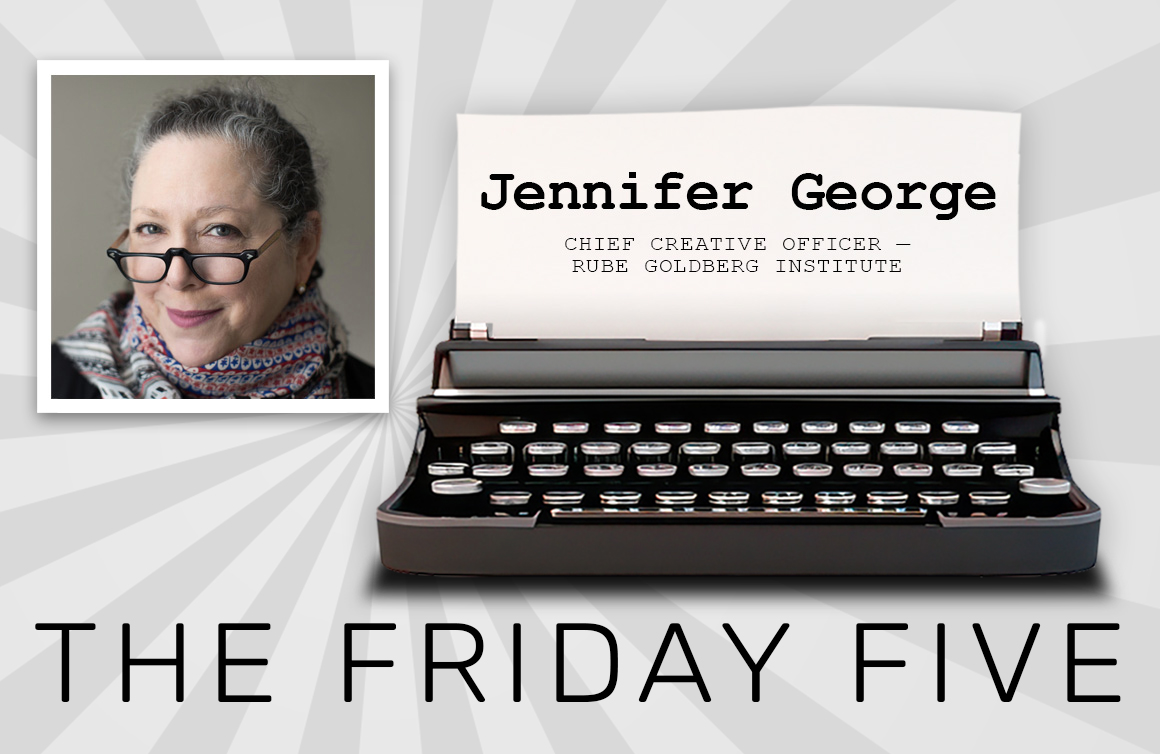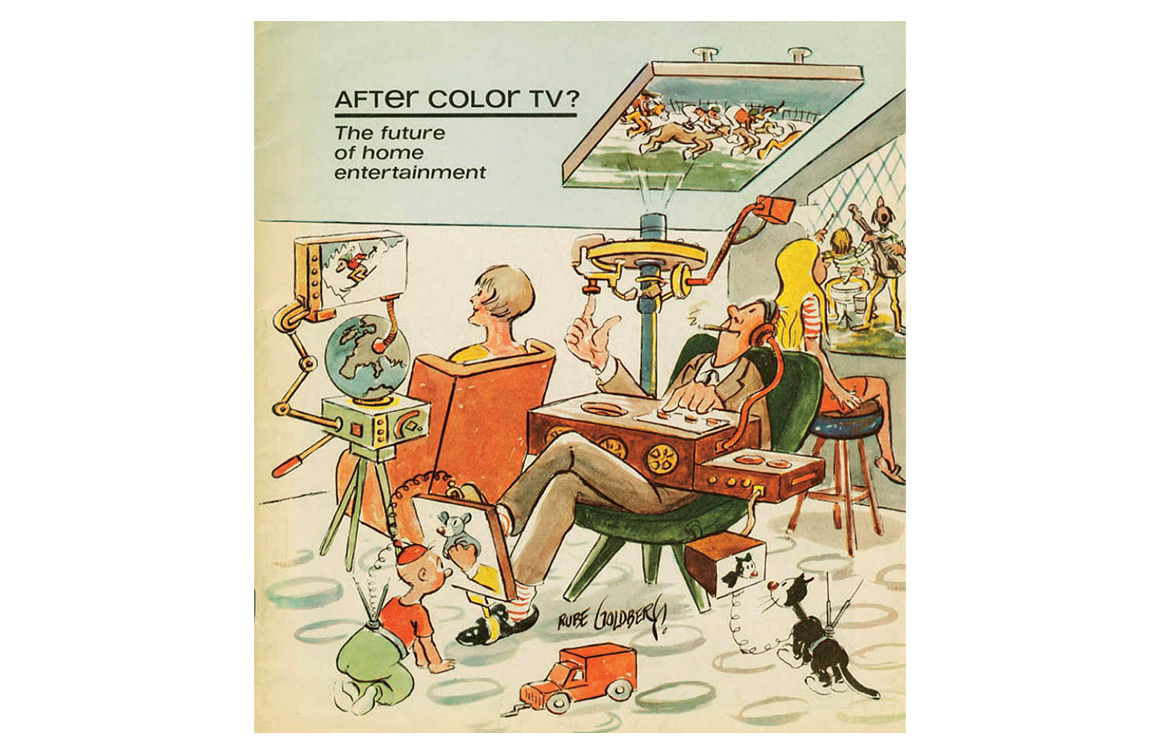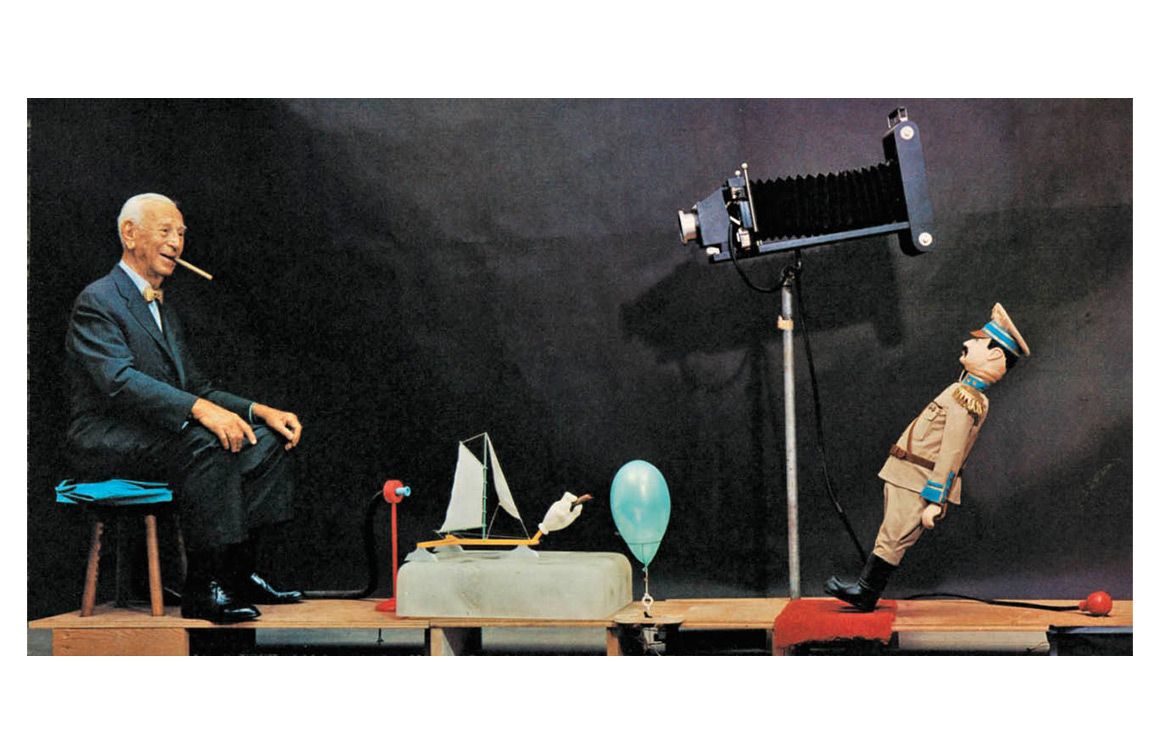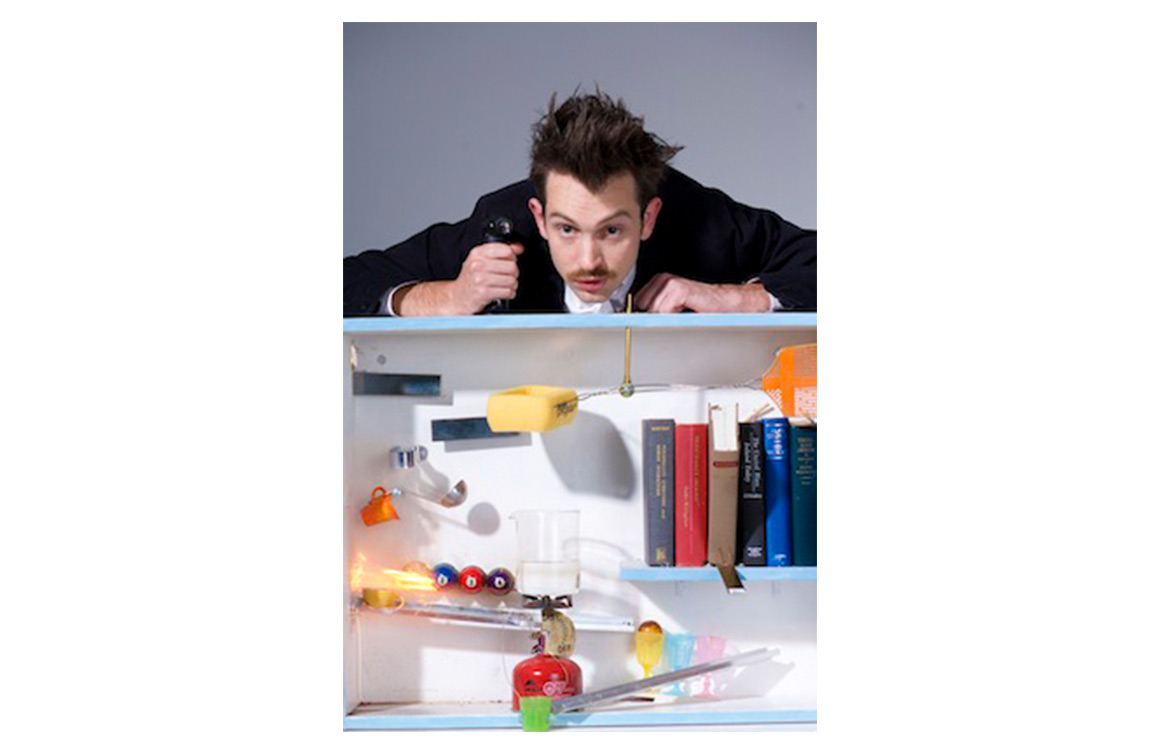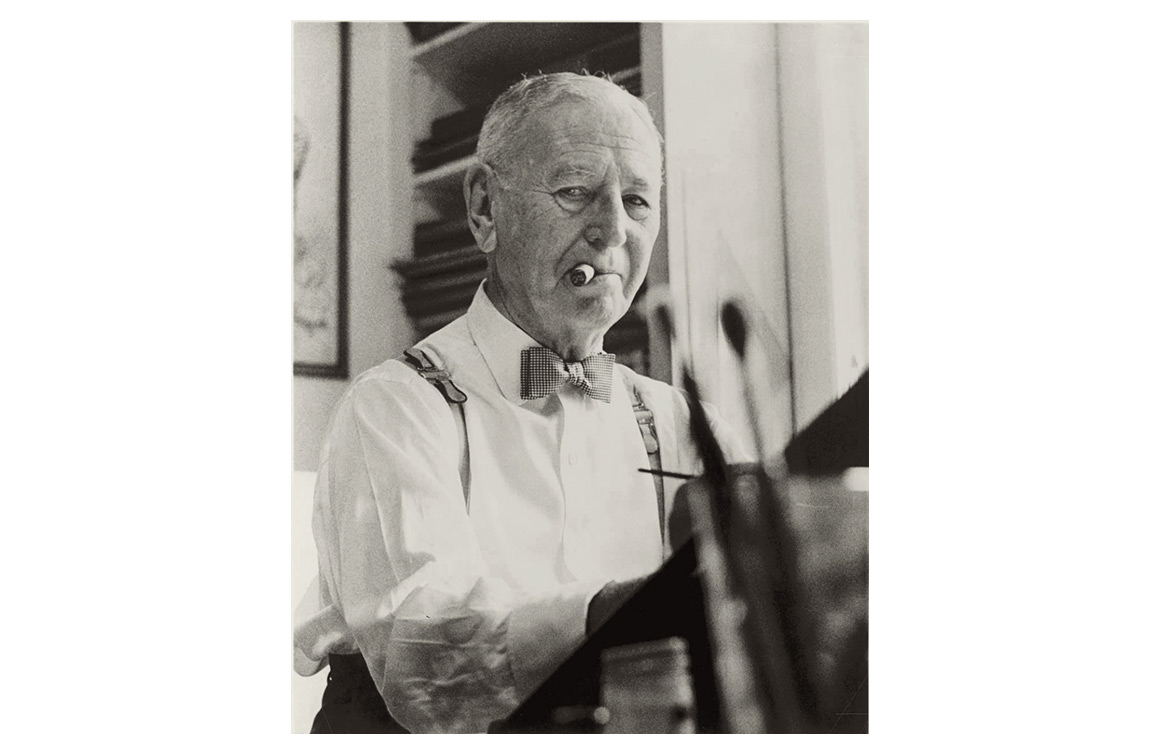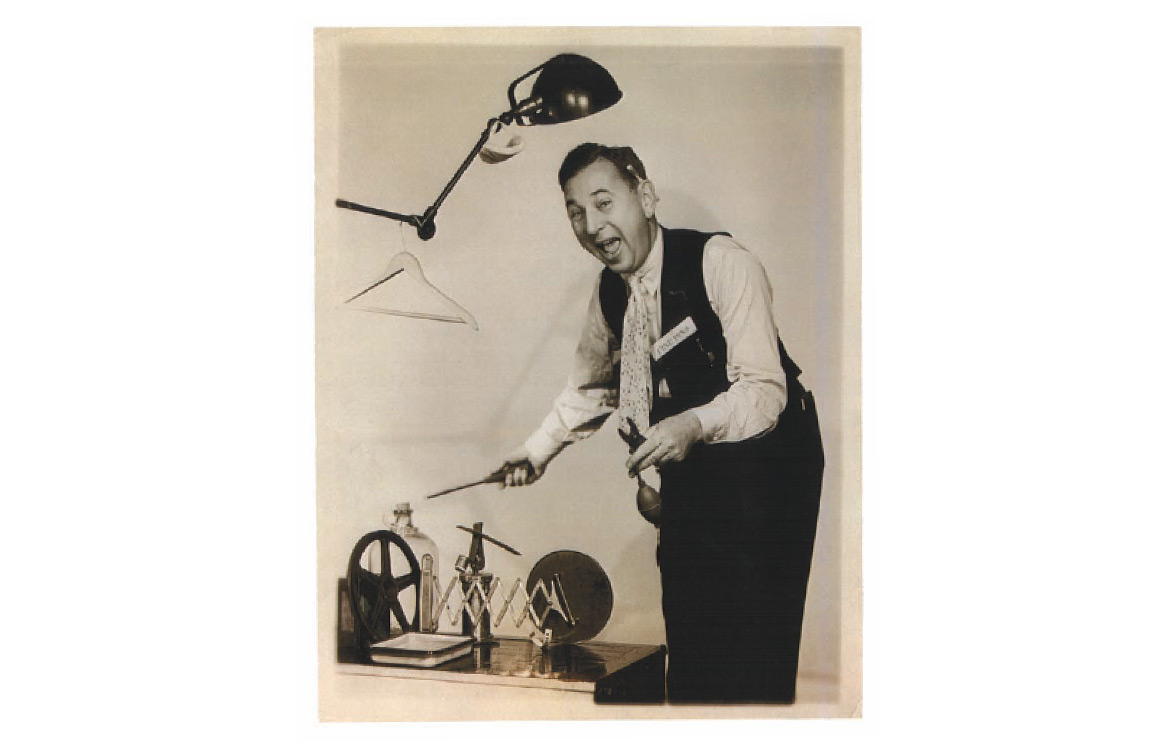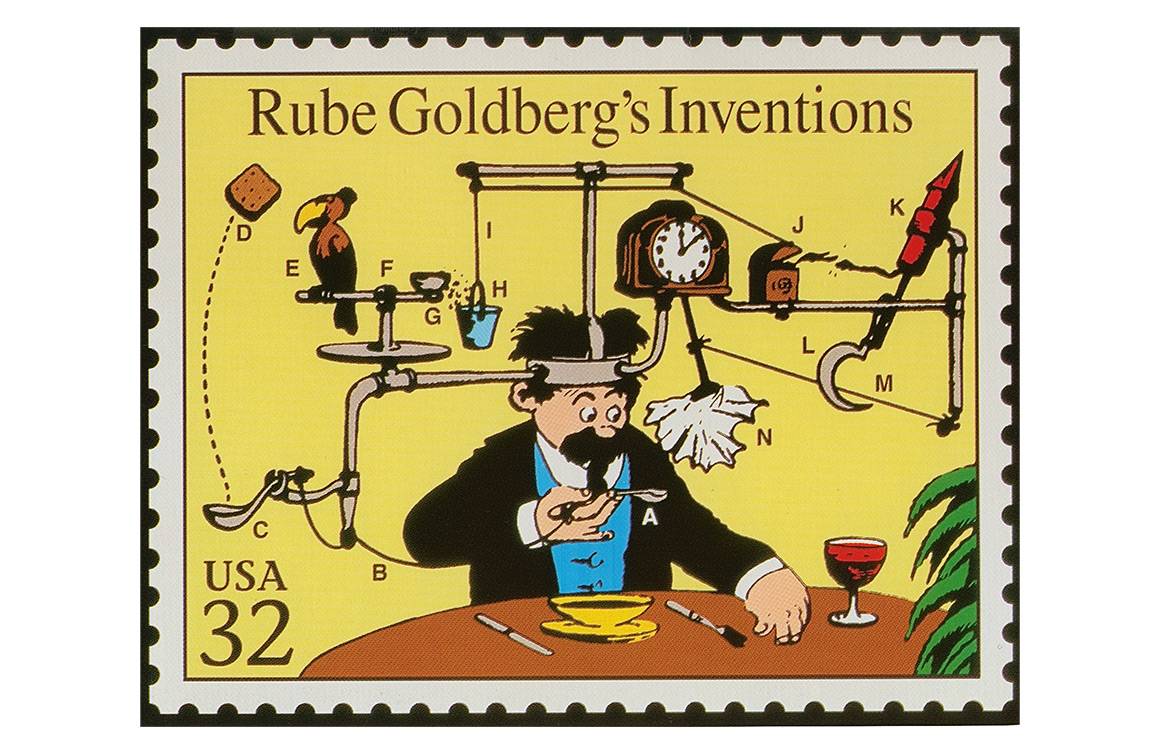What is the mandate of the Rube Goldberg Institute?
We are promoting STEM and STEAM education and equity.
It’s been almost 20 years since I inherited the mantle of Rube from my dad. He started Rube Goldberg Inc., which wasn’t a not-for-profit at the time. I was the reluctant granddaughter. He was Papa Rube. I didn’t want any part of this. My father kept saying, “Jennifer, you’re gonna figure it out; I know you will.”
When my dad died, he had already signed the deal to publish the coffee table book, but that’s all he had done. The editor, who I’d never met, introduced himself to me on the receiving line at my father’s funeral and asked me to call him when I was ready. I inherited this by default.
As I started going to competitions to wrap my brain around what this is, I realized what an incredible thing I was looking at and experiencing in watching kids build these machines. I would usually — and I don’t do this anymore because I’m a little more seasoned now — be in the corner crying. The kids were happy and having fun. The parents were so grateful and thanked me.
It was also a competition that was kind of the only game in town that catered to younger kids. You didn’t need a giant amount of money to participate. In robotics, if you don’t have thousands of dollars to put into your robot, it doesn’t matter how brilliant you are, you’re going to get left on the sidelines. In that type of landscape, you need funding. In Rube, all you need is a pile of junk and a great imagination, and you can literally build an award-winning machine. It is the great equalizer. And, kids who are participating had no idea that they were actually learning about engineering, science, technology, and math. They were learning all of these things through experience and having fun.
As the layers of the onion began to peel back, I also started observing that more and more kids are attached to their screens and a lot of today’s education is interfacing with computers. Teamwork and socialization are a huge part of what building these machines does for kids. The teamwork aspect of it has an incredibly positive impact on kids who are not normally accepted into the fray of a particular clique or group of kids. The testimonials from parents was “can’t Rube last all year?”
The mandate really is equity, access, and STEM/STEAM education. We want to broaden our reach so that we can reach kids not just all over the country but around the world. With the internet — which has both good and bad aspects to it — we are a global community. We had our first team from China come to the Nationals to participate. Next year we’re hoping to have Korea and Brazil attend as well. And, the online competition typically has 25 to 30 different countries represented. That’s really incredible. It feels good. My father would be happy.

You’ve recently partnered with Miracle Recreation for a contest that invites the public to submit ideas for a Rube-inspired playground. What inspired the Rube Goldberg Playground Contest?
It kind of grew out of COVID and asking how we can continue to teach in challenging environments. How do we bring the classroom outside?
As we started to think about it, kids are learning about simple machines, but imagine if they could become part of the machine. And imagine if we could have QR codes embedded in the playground so that it could be a fun day of outdoor play or it could be a teaching tool for museums, schools, and homeschooled kids. We could have real teaching tools at people’s fingertips.
We are so rooted in competition that it made total sense for us to get input from kids, parents, teachers, and professionals in the industry. Let’s see what we can pull together because we are going to receive a thousand different ideas on ways to do this. Let’s put this out into the universe and see what we get.
It’s a multipronged project that we’re doing with Miracle Recreation. The first part involves the contest, the second part awards the first playground a gift, and then we break ground. We’re super excited about it.

What considerations should people incorporate into their submissions?
We have a nice outline of all of that in the rulebook, which is available on our website.
Let your imagination fly. I don’t care how old you are, we all have memories of being on various playground equipment in our youth. What did you love? How could you make it even better?
We are going to have a design charrette with the winner at Miracle Recreation’s headquarters. The design team will then help reinterpret and massage the submissions into the protocols for the playground — elements such as safety, accessibility, design, and fabrication. That’s when it becomes a real teaching tool and collaborative experience for the kids or adults who win.

What words of advice can you share with those thinking of submitting a design?
Rube tried to make people laugh. To me, the key elements are whimsy, absurdity, laughter, humour, joy — it’s sensory elements that inspire that.
My grandfather didn’t care if his machines worked, although they would because he was trained as an engineer. If you’ve laughed after reading a cartoon of his, or you’ve laughed at the end of your time at the Rube Goldberg playground, you’ve accomplished the goal.

Rube Goldberg’s work continues to influence popular culture. In an age of instant gratification, how does the unhurried, deliberate process depicted in Rube Goldberg machines challenge our modern sensibilities?
That’s a good question. I think Rube Goldberg’s rise in popularity as a touchstone or hashtag is because it’s nostalgic.
We’re so removed from the way things work today. I mean, I’m sitting here talking with you on a computer. You can see me in real time. I have no idea how this works. We are so reliant on our devices. If you’re a brilliant computer tech person, you understand it, but the majority of people who rely on it don’t know how it works.
It’s so lovely to see something that works and that we understand. When a child makes those connections, you see the chain reaction of process that absolutely influences coding, engineering, and even a play or movies with the three-act structure, or when you tell a joke.
Everything is part of a series of events that leads to the end of the goal, whether it’s a punchline, a task, or a connection in coding. Those are the fundamental bits of what we have to teach our kids so they can become productive and responsible grownups. I often think that if my grandfather were alive today, he would be riffing on driverless cars and virtual assistants. What would he think of this whole thing? I think it would only underscore his ideas about how man’s desire to simplify life, but most times we overcomplicate it.

Learn more about the Rube Goldberg Institute and the Rube Goldberg Playground Contest.

